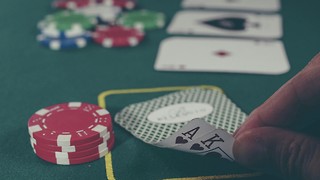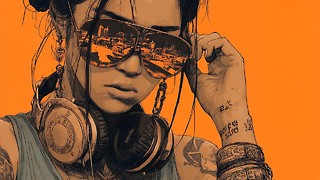Music: Access All Archives
As part of the Festival of Ideas, Rory Williamson visits five of Cambridge’s top museums to witness an intriguing set of performances

Access All Archives was an undeniably ambitious and intriguing venture: using five of Cambridge’s top museums to house separate installations of music and visual art, there was a real sense that this project was a grand vision. Unfortunately, it never quite became the immersive experience it seemed designed to be; the five exhibitions lacked the backbone of a coherent vision, with the event becoming more about occasional and unrelated discoveries.
The first part of the evening, in which exhibitions at the Whipple, Sedgwick and Polar museums were supplemented by audio and visual presentations, was fittingly called “expand your mind.” Not only were the art pieces designed to interact with and make you think about what the museums housed, the fairly long journeys between the sites created an interesting way of mapping the cultural landmarks of Cambridge.

The most effective of the earlier exhibitions was undoubtedly the Polar museum; cold blue lighting and soft scraping sounds accompanied a projected video of words being etched into ice, before an anxious-sounding spoken recording carried things further into an eerie evocation of the panicked and tragic expedition the museum commemorates. Less engaging was the composition of mechanical whirrs and clockwork ticks at the Whipple museum, which was curiously inaudible and thus contributed little atmosphere to the proceedings.
Thankfully, the atmosphere created by the music at the Museum of Zoology was perfectly fitting: there was a dynamic energy about the experimental and seemingly improvised mix of brass, electric guitar, bass and primal percussion that resonated with the atmospherically lit animal skeletons.

The main billing of the night was Filthy Lucre at the Fitzwilliam museum, with the cavernous venue hosting their intriguing combination of varied electronic samples and live, orchestrated percussion. However, this portion of the evening was hampered by incongruities: the space was never filled enough by either attendees or music, with many opting to share a drink in the café area rather than interact with the art being made.
Overall, Access All Archives was an experience rather like the projected visual at the Fitzwilliam, which featured two image reels of identical photos that were slightly out of sync; the ideas were individually promising, but the execution failed to cohere, with a crucial lack of focus on the audience’s experience of these conceptual ideas.
 News / Meta opens £12 million lab in Cambridge 11 July 2025
News / Meta opens £12 million lab in Cambridge 11 July 2025 Lifestyle / Reflections on rowing10 July 2025
Lifestyle / Reflections on rowing10 July 2025 News / Write for Varsity this Michaelmas13 July 2025
News / Write for Varsity this Michaelmas13 July 2025 Features / How to catch a coat thief13 July 2025
Features / How to catch a coat thief13 July 2025 News / Newnham students warned against using ‘secluded or concealed routes’ in evening after student followed16 July 2025
News / Newnham students warned against using ‘secluded or concealed routes’ in evening after student followed16 July 2025








